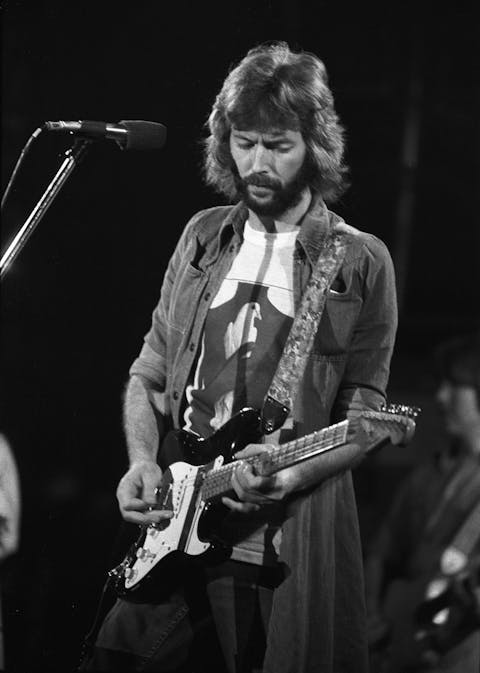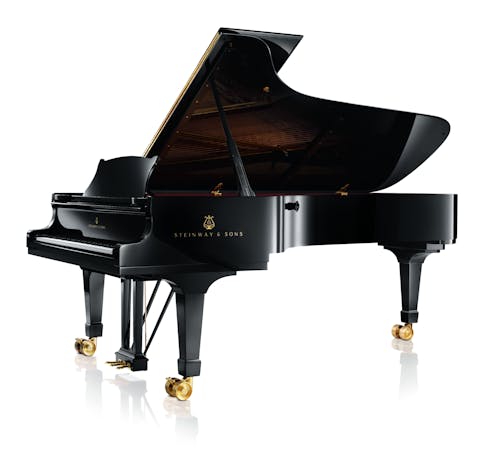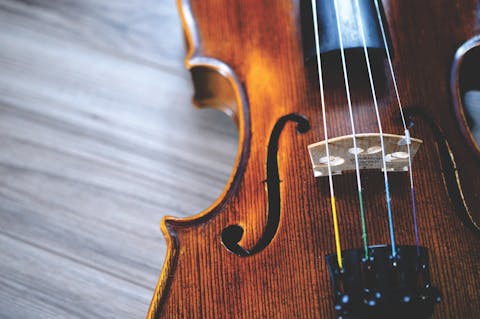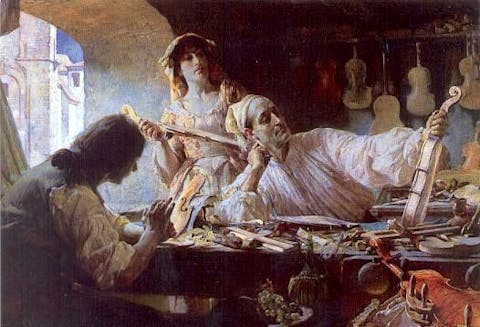How To Value Musical Instruments
Since the beginning of recorded history, people have entertained themselves by playing and listening to music.
antique piano
Hundreds and thousands of years of development and improvements in technology have resulted in the musical instruments we are familiar with today. The musical instrument collecting market is a niche one, but it is easy to see why there are people across the world eager to invest in such objects. Do you have an antique piano that you would like to know more about? Are you looking to sell some of your vintage guitar collection? Would you like to know how much an old trumpet you inherited is worth? The following guide will be able to lead you in the right direction when it comes to finding an accurate price estimate for your musical instrument.
Why Musical Instruments?
While most instruments simply possess a resale price, many pianos and guitars in particular can be worth a great amount as collectible items; although less common, brass, percussion, woodwind, and mechanical instruments can also be worth investing in. This market is strongly driven by passion, fueled in large part by musicians, music scholars, and instrument makers. When looking to find an estimate for the value for your instrument, there are a variety of factors to take into consideration.
Related: How to Value Pop & Rock Memorabilia

Eric Clapton playing his signature custom-made "Blackie"Fender Stratocaster. Image: Matt Gibbons / License:CC BY 2.0

Steinway & Sons concert grand piano, model D-274, Image: Copyright Steinway & Sons / License: CC BY-SA 3.0
Condition of Musical Instruments
As it goes with any item, a collectible musical instrument will be most valuable if it is in mint condition. This means that it not only looks like new, but functions like new as well. If the instrument is dented, scratched, stained, bent, faded, rusted, warped, missing parts, or otherwise tarnished in appearance or playability, this will have a negative effect on its value. There may be the possibility of some level of exception being made if your item is particularly old and rare, but such cases are exceedingly uncommon.
"The most expensive instrument ever sold at auction is an Antonio Stradivari violin dating back to 1707 for £2.7 million."
Rarity of Musical Instruments
Certainly the most pivotal aspect of your musical instrument in regard to its market value, is its degree of rarity. Any variety of musical instruments are being made across the world at any given moment, so even if your instrument is in top condition this doesn’t mean it will sell for any more than a mere secondhand price if it is not a rare model. While a vintage or antique instrument will usually be rarer than a modern counterpart, there are more recently made models that are particularly sought after as well. A 1964 Robert Bouchet classical guitar sold for £94,900 in 2009. The most expensive instrument ever sold at auction is an Antonio Stradivari violin dating back to 1707 for £2.7 million.
Check the latest musical instrument auction at Barnebys here!

Antique violin. Image: Public Domain

Picture of Antonio Stradivari, a legendary violin maker, by Edgar Bundy, 1893. Image: Wikipedia/ License: Public Domain
Musical Instrument Appraisal
As the musical instrument collecting market is such a niche one, online information regarding the secrets to their pricing is limited; thus it is absolutely crucial to consult an expert in the field when it comes to valuing your item. Only a professional appraiser will be able truly eliminate as much room for error as possible, as even the most thorough and meticulous amateur is prone to mistakes. Luckily here at Value My Stuff there are experts in the collectible musical instrument market who provide services in professional valuation and appraisal, so you can find out how much your item is worth in no time.

